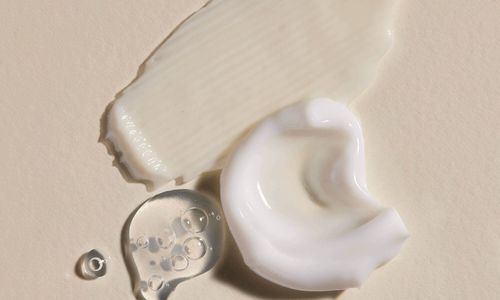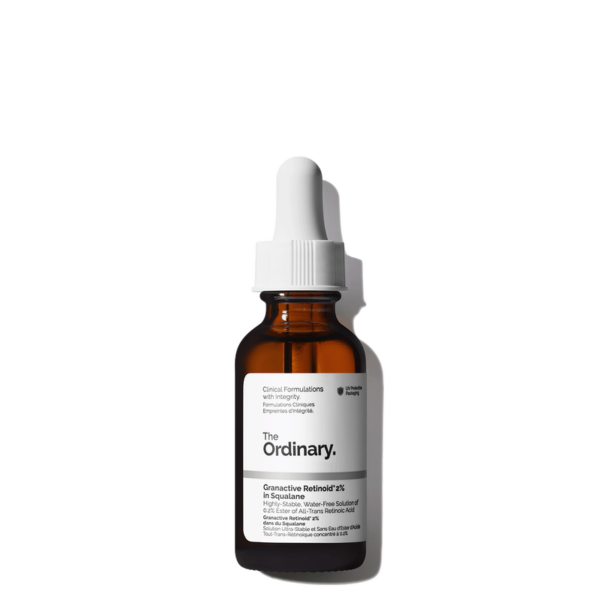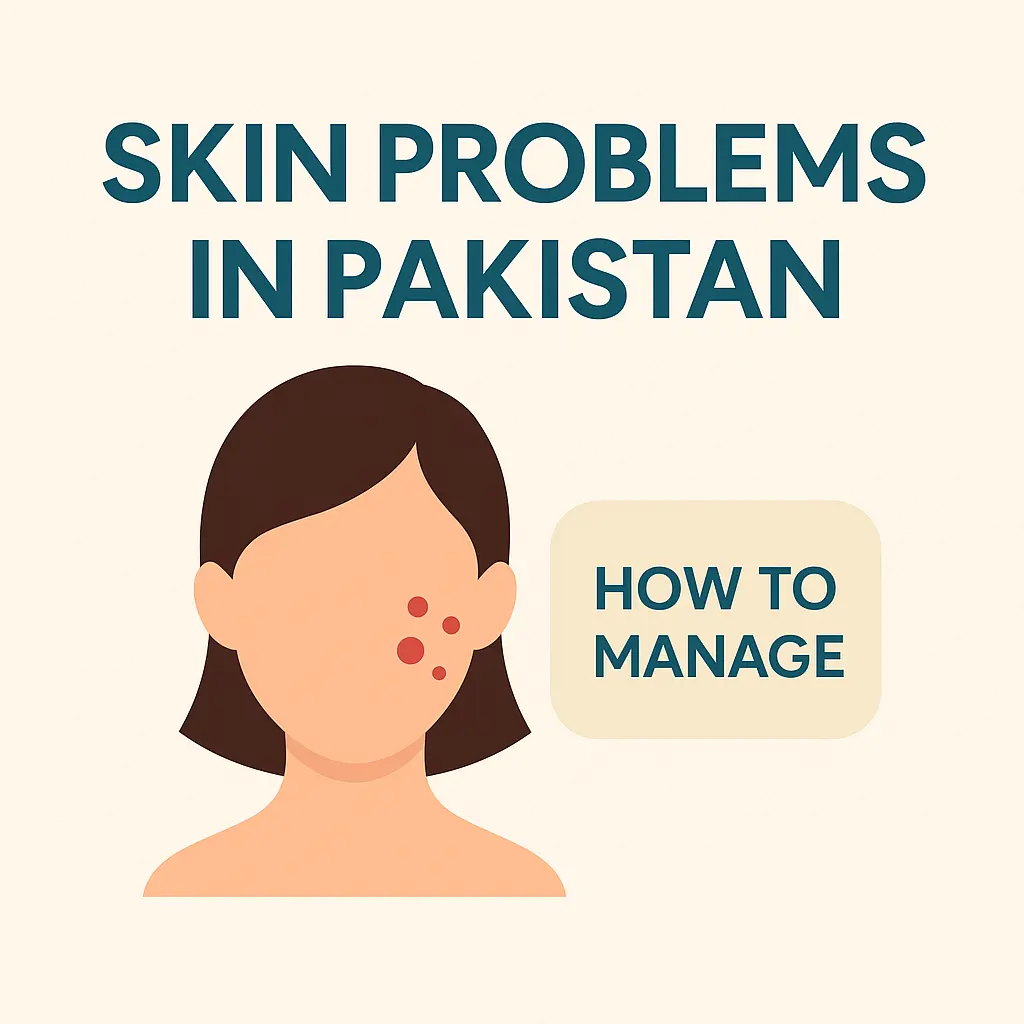
Understanding Chemical and Physical Exfoliators
Achieving a radiant complexion requires more than just cleansing and moisturizing. To unlock your skin’s true potential, removing dead skin cells is essential. This process, known as exfoliation, helps reveal the fresh, glowing skin underneath.
While both chemical exfoliation and physical exfoliation offer benefits, chemical exfoliation often yields more advantages for a wide range of skin types.
However, this does not make physical exfoliators or scrubs any less important, as many people enjoy their texture and immediate results.
Let’s explore both methods to help you decide which is better suited to your needs.
What Is Exfoliation?
Exfoliation is the process of removing dead skin cells from the surface of your skin.
It can help address common concerns such as dullness, uneven texture, and clogged pores, leaving your skin smooth and revitalized.
Different types of exfoliation cater to varying skin needs, and understanding their mechanisms can help you make the right choice.
What Is Chemical Exfoliation?
Chemical exfoliation involves the use of acids or enzymes that dissolve the bonds holding dead skin cells together, allowing them to shed naturally.
These exfoliants range from mild over-the-counter formulas to potent professional treatments.
Types of Chemical Exfoliants
Chemical exfoliants are grouped based on the acids they contain:
- Alpha Hydroxy Acids (AHAs)
- Water-soluble acids, ideal for dry or aging skin.
- Common examples: Glycolic acid and lactic acid.
- Benefits: Improves skin tone, reduces hyperpigmentation, and minimizes fine lines.
- Beta Hydroxy Acids (BHAs)
- Oil-soluble acids that penetrate deep into pores.
- Common example: Salicylic acid.
- Benefits: Great for acne-prone or oily skin, unclogs pores, and reduces inflammation.
- Polyhydroxy Acids (PHAs)
- Gentle acids suitable for sensitive skin.
- Common examples: Gluconolactone and lactobionic acid.
- Benefits: Exfoliates while hydrating and minimizing irritation.
What Is Physical Exfoliation?
Physical exfoliation uses abrasives or tools to manually scrub away dead skin cells. This method reveals fresh skin underneath and can instantly improve skin texture when done correctly.
Types of Physical Exfoliants
- Granular Scrubs
- Contain particles like sugar, salt, or crushed fruit pits.
- Benefits: Sloughs away dead skin effectively.
- Tip: Use gentle circular motions to avoid irritation.
- Exfoliating Tools
- Includes brushes, gloves, or sponges with soft bristles.
- Benefits: Deep cleans pores, promotes circulation, and revitalizes the skin.
Chemical vs. Physical Exfoliation: Key Differences
- Mechanism
- Chemical exfoliation dissolves dead skin using acids or enzymes.
- Physical exfoliation manually scrubs away dead cells using particles or tools.
- Skin Type Suitability
- Chemical exfoliation suits most skin types, including sensitive or acne-prone skin.
- Physical exfoliation works well for normal or combination skin but may irritate sensitive or acne-prone skin if overdone.
- Benefits
- Chemical exfoliation: Gently improves tone, reduces acne, and minimizes fine lines.
- Physical exfoliation: Instantly refines texture and removes excess oil.
Choosing the Right Exfoliation Method
For Oily or Acne-Prone Skin
- Chemical exfoliation with BHAs (e.g., salicylic acid) is more effective as it penetrates pores.
For Dry or Sensitive Skin
- Opt for gentle chemical exfoliants like PHAs or low-strength AHAs.
For Combination or Normal Skin
- Both methods can work; alternating between chemical and physical exfoliation can be beneficial.
Combining Chemical and Physical Exfoliation
You don’t have to choose one method exclusively—combining both can yield optimal results when done carefully.
How to Combine Safely
Alternate Days: Use a chemical exfoliant on some days and a scrub on others.
Target Specific Areas: Use a physical exfoliant on rough patches and a chemical one on delicate areas.
Adjust Seasonally: Chemical exfoliants in winter and physical ones in summer can suit changing skin needs.
Precautions and Best Practices
Regardless of your chosen method, follow these tips for safe exfoliation:
Start Slowly: Introduce new products gradually to avoid irritation.
Avoid Over-Exfoliating: Limit exfoliation to 2–3 times a week.
Be Gentle: Avoid harsh scrubbing or high acid concentrations.
Moisturize: Always replenish your skin’s hydration post-exfoliation.
Use Sunscreen: Exfoliated skin is more sensitive to sun damage.
Final Verdict: Which Is Best?
Both chemical and physical exfoliation have their strengths, and the best choice depends on your skin type and goals.
Chemical exfoliants are often better for improving tone, treating acne, and being gentle on sensitive skin, while physical exfoliants provide instant texture refinement and deep cleansing.
Related:
Your Guide to the 10 Most Effective Anti-Aging Ingredients
How to Layer Retinol with Other Skincare Ingredients

Education: University of Peshawar
Abrar Ahmad holds a Master’s degree in Chemistry and has been writing about skincare for over five years. With a deep understanding of ingredients and their impact on the skin, he enjoys sharing practical, science-based skincare advice. When not writing, he loves playing with his kids.



